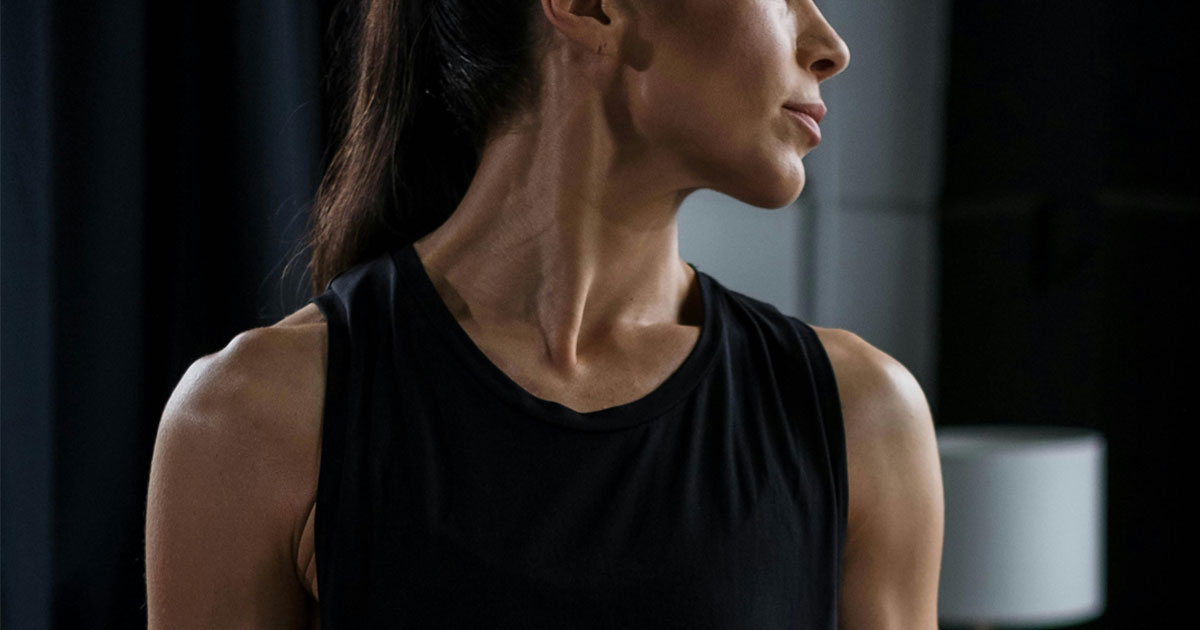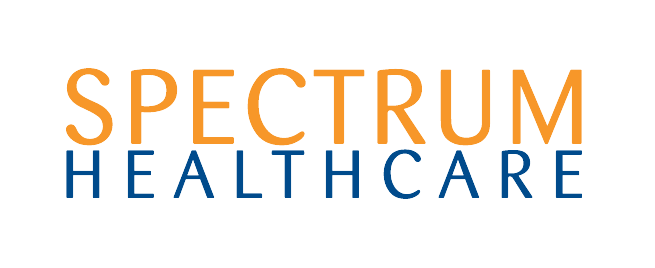
Understanding AC Joint Injuries: A Guide to Pain Relief and Recovery
Do you feel pain at the front of your shoulder near your collarbone? It might be an AC joint injury. The acromioclavicular (AC) joint is where your collarbone (clavicle) meets your shoulder blade (acromion). This joint is essential for shoulder movement and stability, and injuries can seriously affect your daily activities and athletic performance. At Spectrum Healthcare, we understand the complexities of AC joint injuries and provide comprehensive care to help you recover and feel your best.
What is the AC Joint and How Does it Get Injured?
The AC joint permits a wide range of arm movements, including lifting, reaching, and rotating. It is supported by ligaments that ensure stability. AC joint injuries, often referred to as sprains, happen when these ligaments are stretched or torn. These injuries are categorised into grades 1-3, based on how severe the ligament damage is.
- Grade 1: Ligaments are stretched, but not torn.
- Grade 2: Partial tear of ligaments with some instability of the joint.
- Grade 3: Complete tear of ligaments with significant joint instability and possible dislocation.
Common Causes of AC Joint Injuries:
- Direct Blow: A fall directly onto the shoulder or a direct hit during contact sports.
- Indirect Force: Landing on an outstretched arm, which transmits force to the AC joint.
- Repetitive Overuse: Less common, but can occur in activities involving repetitive shoulder movements, such as weightlifting or particular manual labour.
Recognising the Symptoms of an AC Joint Injury
If you've injured your AC joint, you may experience the following symptoms:
- Pain: Localised pain at the top of the shoulder, specifically over the AC joint.
- Swelling and Bruising: Visible swelling and bruising around the AC joint.
- Tenderness: Pain upon touching the AC joint.
- Limited Range of Motion: Difficulty moving your arm, especially across your body or overhead.
- Popping or Clicking: A sensation of popping or clicking in the AC joint during movement.
- Visible Bump: In more severe cases, a visible bump or deformity may be present on top of the shoulder.
How Spectrum Healthcare Diagnoses AC Joint Injuries
At Spectrum Healthcare, our experienced clinicians will perform a comprehensive assessment to accurately diagnose your AC joint injury. This usually includes:
- Medical History: Discussing your symptoms, how the injury occurred, and your activity level.
- Physical Examination: Assessing your range of motion, palpating the AC joint for tenderness, and performing specific tests to evaluate joint stability.
- Imaging (If Necessary): In some cases, we may recommend imaging to confirm the diagnosis and rule out other conditions.
- X-rays: To visualise the bones and assess joint alignment.
- Ultrasound: To visualise the AC joint and assess the nearby soft tissues.
- MRI: Useful to assess ligament and capsule damage.
Treatment Options at Spectrum Healthcare
At Spectrum Healthcare, we create personalised treatment plans tailored to the severity of your injury and your personal goals. Our thorough approach might include:
- Pain Management
- R.I.C.E. Therapy: Rest, ice, compression, and elevation to reduce pain and inflammation.
- Medications: Over-the-counter pain relievers or prescription anti-inflammatory medications to manage pain.
- Game Ready: Our Game Ready device combines cold therapy and compression to accelerate healing.
- Manual Therapy: Our skilled therapists use hands-on techniques to restore joint mobility, reduce muscle tension, and promote healing.
- Soft Tissue Mobilisation: To release tight muscles and improve circulation.
- Joint mobilisation: Restores correct joint function.
- Dry Needling and Cupping: To address muscle pain and dysfunction.
- Rehabilitation: A progressive exercise program to restore strength, stability, and function to the shoulder.
- Range-of-Motion Exercises: To improve flexibility and reduce stiffness.
- Strengthening Exercises: To build strength in the muscles surrounding the shoulder joint.
- Proprioceptive Exercises: To improve balance and coordination.
- Referral (If Necessary): In rare cases, surgery may be necessary for severe AC joint injuries. If this is the case, we work closely with top sports medicine physicians and surgeons in the Sydney area to ensure you receive the best possible care. We also provide post-operative rehabilitation to help you regain full function.
Get Back in the Game with Spectrum Healthcare
Don't let AC joint pain keep you on the sidelines. At Spectrum Healthcare, we're dedicated to providing you with the highest quality care and support to help you recover quickly and safely. Please reach out to us today to schedule an appointment and start your journey back to a pain-free, active life.
